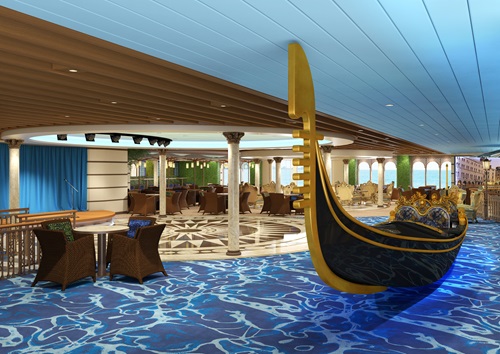
The explosive growth we saw in the early years of China’s cruise sector is a thing of the past. In 2018, the number of cruise ships calling at Chinese ports declined 17 percent compared to 2017. Now is the time not to panic, but to analyse the situation and identify where the opportunities lie. It is natural that as the market matures and transforms from simple cruise tourism to a solid cruise economy, this early volatility is entering a period of optimisation and adjustment.
Despite the sharp decline in the number of ships last year, the number of passengers remained almost constant with a fall of only 1.2 percent. Cruise ships are getting larger and the destinations are becoming more concentrated, with the top five cruise ports – Shanghai, Tianjin, Guangzhou, Xiamen and Shenzhen – receiving nearly 80 percent of all cruise ships and 93.5 percent of passengers. Thanks to huge investment over the past decade, these ports have significantly improved their capacity and service quality for large cruise ships.
Investment has also fuelled the development of a cruise ship construction industry in China, with major players like Shanghai Waigaoqiao Shipyard entering the market. As well as building new ships, China’s domestic cruise companies have been actively acquiring second-hand ships to convert.
So far, Chinese cruise passengers remain mostly elderly groups and families, with short voyages dominating the market. There are signs that this is gradually changing, and we believe that the proportion of individuals taking a cruise will rise. The average voyage length will become longer and routes will stabilise, spreading out naturally from Southeast Asia to international destinations.
Two things will support this trend. First, the tailoring of ships, brands and facilities to meet the needs of different market segments within China. China’s huge size and diversity in lifestyle, consumption habits, food, drink and language make this essential. Local cruise companies hold the advantage here, with a home-grown ability to develop cruise concepts with unique Chinese elements that appeal to different segments of domestic tourism. Secondly, quality, is the main objective for most cruise operators, ports and travel agencies in China right now – not quantity.

International cruise lines that have, until now, mainly been testing the waters in China will have to work hard to compete. And that is exactly what Costa is doing with the launch of the Costa Venezia, the first ship by an international cruise line tailored specifically to the Chinese market. Other global players will no doubt be watching the market’s reaction to the Costa Venezia with great interest. With China’s strategic attractions – a vast coastline and population, a growing middle class and high-speed railways connecting inland cities to cruise ports – and Costa’s strong brand and many years of operational experience, we believe the Costa Venezia will launch a new phase in the Chinese cruise industry.